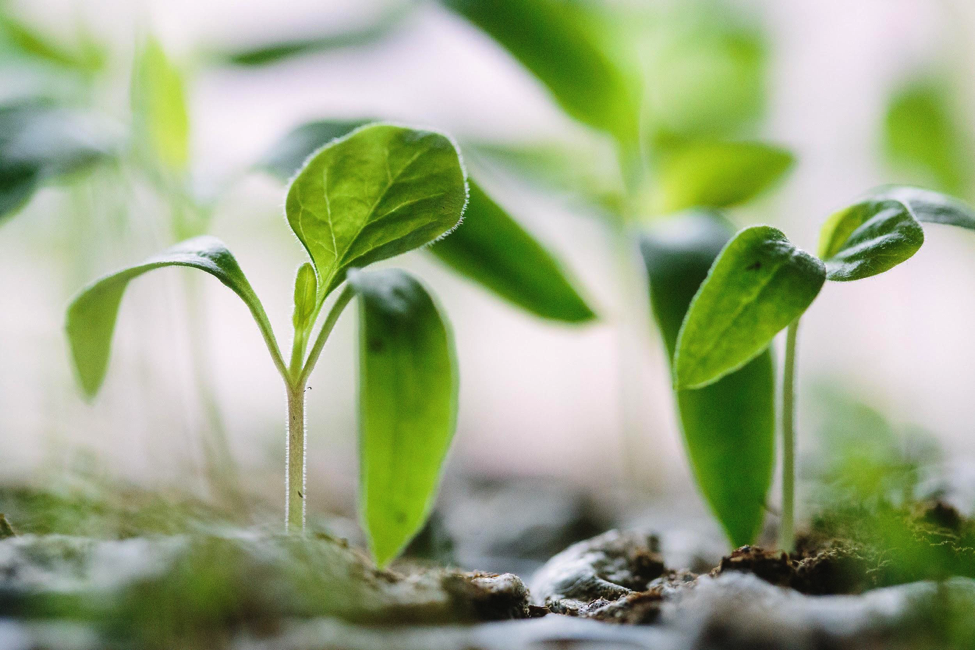Growing baby vegetables your own can be a tricky task for someone new to gardening. They are a gourmet’s delight on a plate and children love them. You can easily grow them in pots, amongst your flower borders or even in hanging baskets, because many of them grow on relatively small plants.
That makes them well suited for container or small gardens growing. Baby vegetables, sometimes referred to as miniature veggies, may be either compact varieties that never reach their full-size counterparts or small immature plants harvested early.
Miniature veggies are excellent choice in short growing season regions because they are quick-maturing. Especially if you are a busy parent and you are short on time, these herbs are the perfect option for your small garden and a healthy snack for your little ones.
There are about 45-50 types marketed and used in the United States. They are as nutritious as regular size vegetables and offers a delicate and more tender taste.
How to Grow Baby Vegetables?
Prepare your garden bed for planting with the soil test kit, which will reveal the pH of it. It will be best to be between 6,0 and 7,5. Plant root veggies such as salad greens, turnip, carrots, kohlrabi, and beets as soon in the spring. You can place them closer together, and harvest them before they reach the full size.
Sow squash, cucumbers, pumpkin, corn, and beans when the frost has passed, and the soil warms. Transplant peppers, eggplants and cherry tomatoes when the nighttime temperatures reach 56 degrees F. When mature, these vegetables produce small fruits.
An easy and quick option to watering the soil is with Hoselink oscillating systems. That way you will keep it evenly moist. Young veggies grow rapidly, so check your baby vegetables daily as soon as they bloom.
Harvest them when they reach the right size. NOTE: To preserve their tiny size you must harvest them frequently.
Baby or Miniature Vegetables
Tomato: Grow a cherry or miniature type variety. Slice and serve row in salads. They are best to grow in the sun. Don’t forget to water it regularly.
Summer squash: Grow crookneck, patty pan, and zucchini to harvest young. Grill them covered in olive oil, serve whole, fry quickly or steam briefly in tempura batter. It is best to grow in the sun and regularly water it.
Spinach: Grow in partial shade and regular moist the soil. Use a cold frame or a plastic tunnel to protect the spinach from cold weather. When the leaves are one to two inches long, harvest it. For its sweet flavor serve raw.
Potato: Grow in full sun. It is essential that the soil is regularly moist. Harvest them when one to three inches in diameter. As for the fingerling ones, harvest them when one to two inches in diameter because they are naturally small.
Pepper: Choose a little variety and grow in full sun. Water it regularly.
Peas: They are ideal for growing in full sun. The soil must always be moist. Harvest it while tender and small before it reaches the height of eighteen inches.
Onion: You can grow them in warm or cold weather in full sun. Regular moist the soil. When shoots are pencil size, you can harvest them.
Lettuce: This herb requires part shade in full sun. Water it regularly. Harvest leaves when they’re three inches long. For continuous supply sow successive crops every ten days. You can serve it raw with baby vegetables like spinach.
Eggplant: They’re grown in hot weather. They require a lot of water. Naturally small is the best option for you and harvest them when it achieves full color.
Cucumber: Grow in the regularly moist soil in sun. Harvest when reach two ½ seven inches long, medium and firm green color. Serve it as a snack or raw in salads.
Corn: Best for warm weather, grow in sun, and regularly moist the soil. Pick it when tassels begin to present before pollination. Stir fry or blanch.
Celery: Annual for cold climate. Regular water the soil and grow in full sun. When stalks are about seven inches long, it is the best time to harvest celery. Stir fry or braise with some other veggies.
Cauliflower: To keep the small cauliflower plant them on the close center of six inches. It is best to grow in brimming sun and of course, add some water daily. When it is still tight about four inches across, you can harvest it.
Carrot: It requires full sun and a moist, compost rich ground. Pick them when sweet, tender and small before root gets three or four inches long. You can steam briefly or serve raw.
Cabbage: Cabbage needs a full sun to grow and plenty of water. When the head is four or five inches long, harvest it. Boil, steam or serve raw with other vegetables.
Brussels sprouts: When you grow it, best to do that is in a brimming sun. Don’t forget to water it daily. When the buds are mild and sweat and one inch in diameter, harvest them. Sauté or steam and serve with the cheese sauce or butter.
Conclusion
Baby vegetables are a perfect fit for your small garden. They are also great in pots. Your children will love these mini veggies, and they’re very nutritious too!



